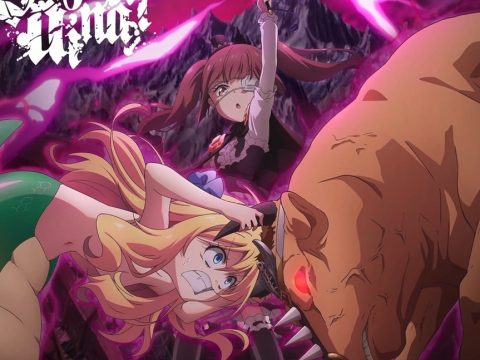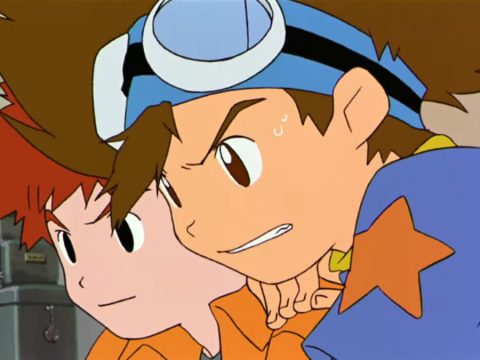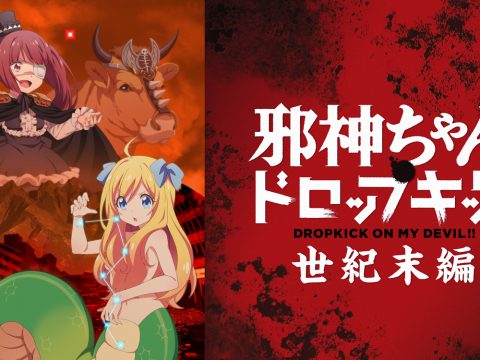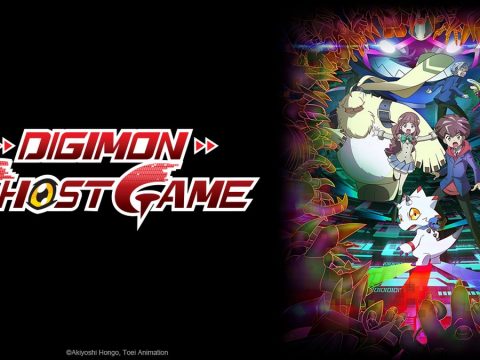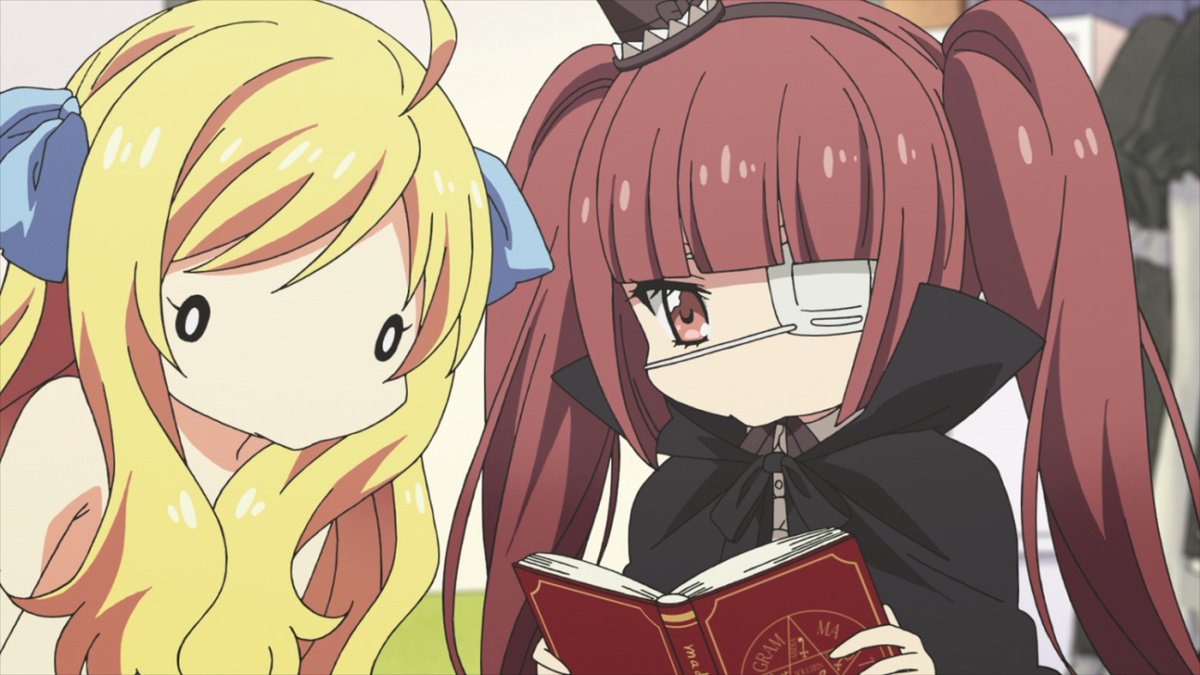
In recent years, crowdfunding has become a common practice. From funding a single project to supporting our favorite creators regularly, we have new ways to support things we love. This model has meant the rise of otherwise unknown games, comics, television shows, and more. The projects we’d miss out on without these campaigns are innumerable. And, of course, many of those are anime.
In fact, both anime production and localization have turned to this model to fund their projects. From new stories to continuations to special-edition Blu-rays, we have much more at our fingertips than ever. And it seems this way of doing things may well be here to stay — for a number of reasons.
Crowdfunding confirms interest right away.
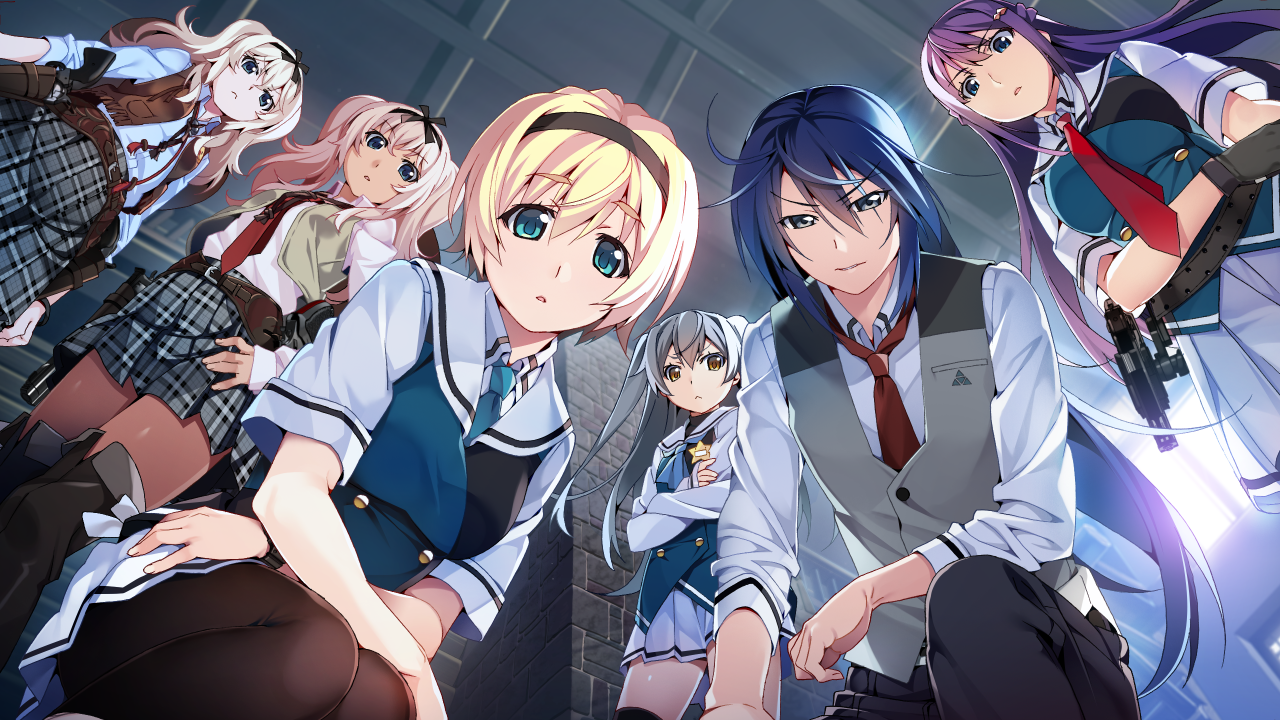
One of the hardest things about starting a project is knowing if you’ll get return on investment. That’s not just in terms of funds, either. Spending time, effort, and creative energy on something that might not get a big reception can be draining and disheartening. Not to mention a waste of resources. It’s a big reason so many passion projects go unmade while sure-fire moneymakers are pushed ahead.
Crowdfunding confirms interest immediately. Creators know, at minimum, how many people are interested enough in their concept to spend money on it. That knowledge alone is a valuable resource.
It can fund improvements to existing projects.
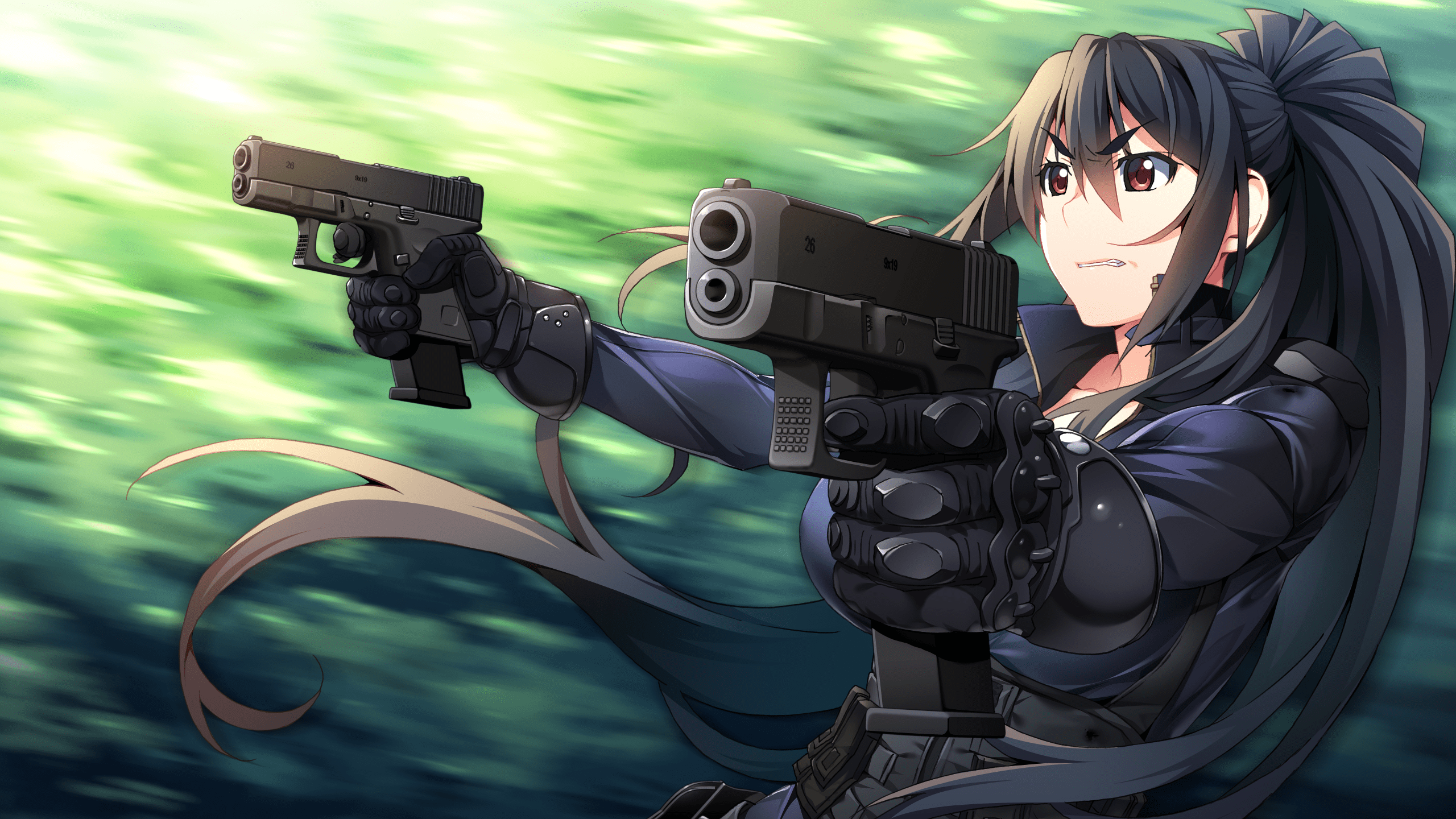
Not all crowdfunding is about getting projects off the ground. In some cases, it can expand an existing budget to allow creators to give their project the care they believe it deserves. In these cases, you’ve already got interest: now fans can pitch in to show that they want it to be its best, and get something in return.
Titles like Grisaia: Phantom Trigger were able to spend more time and effort on their animation thanks to high-end fan response. That extra money can mean more animators, bigger names, and other things an existing budget wouldn’t allow.
It helps new studios pick up steam.
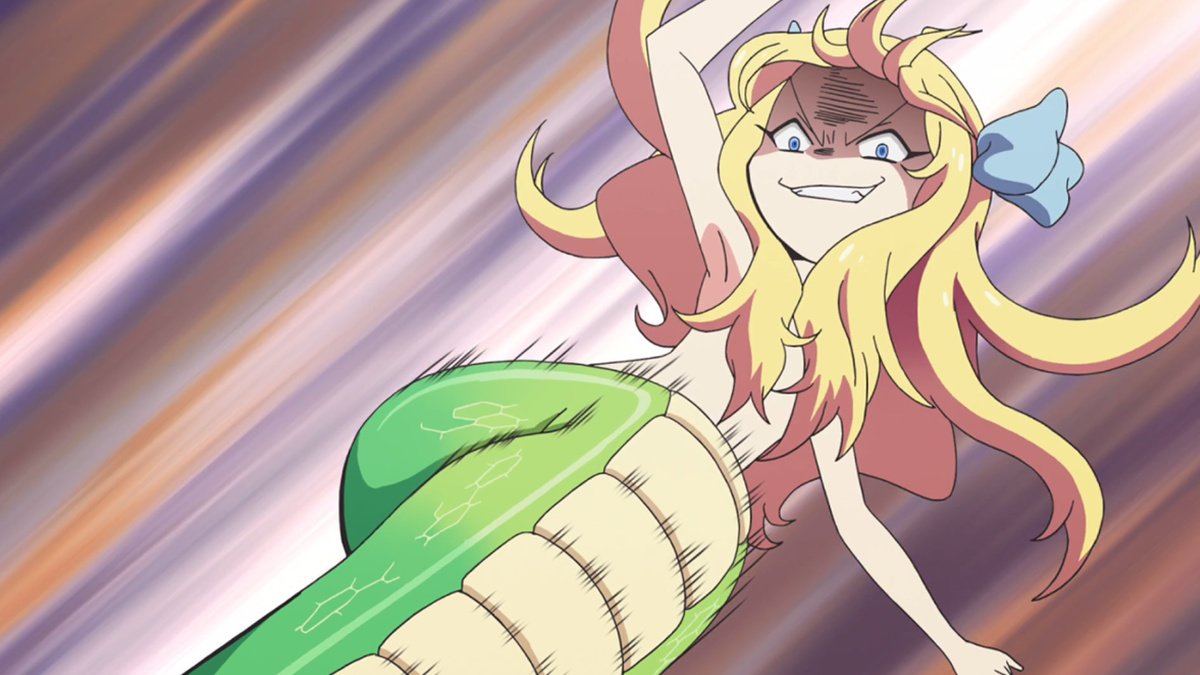
You’ll occasionally see big-name studios delve into crowdfunding lately, given the returns. But it’s also a chance for newer studios to hit the ground running with their first projects. This might mean something more like a patron setup, with monthly fees and regular bonuses in return. Or it might mean betting on a brand new group’s first project. Either way, it begins to remove that barrier of entry for talented beginners.
Tonko House, for example, has opened up a patron-style fan club. The studio, created by former Pixar animators, will offer behind-the-scenes videos and art classes in exchange for monthly membership fees from fans.
Fans benefit from crowdfunding, too.
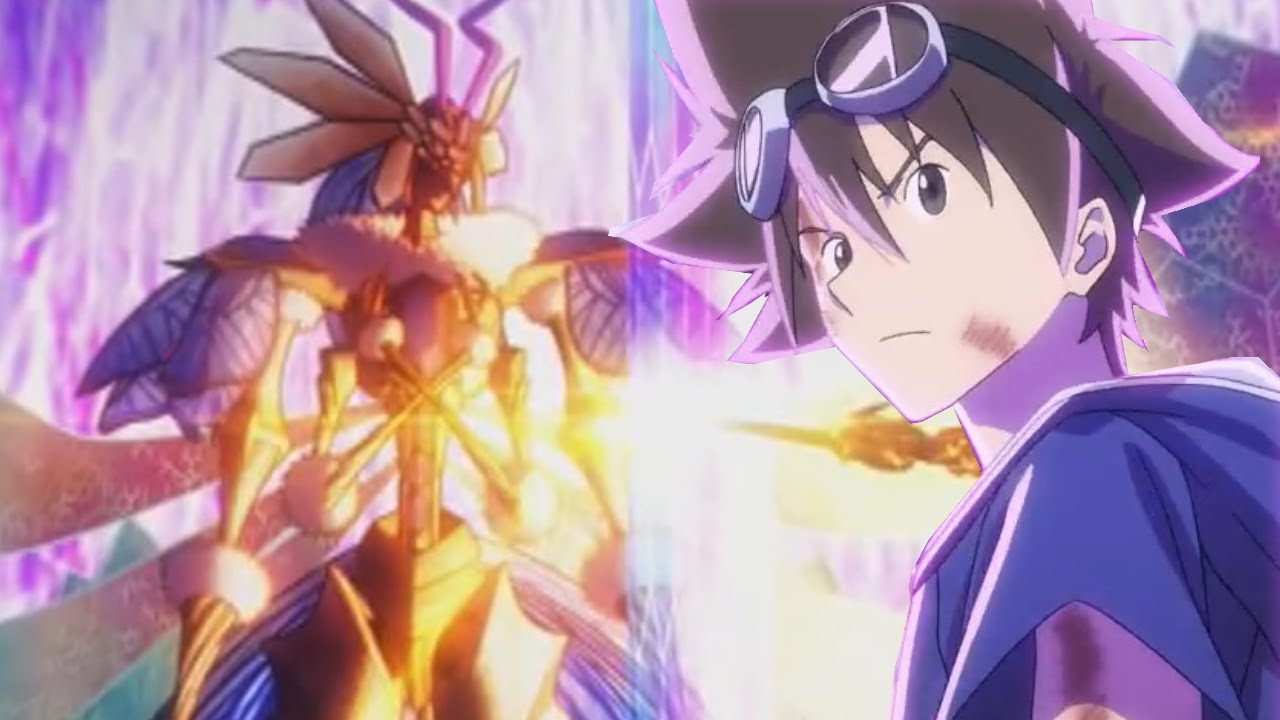
What dictates how hard you go on a crowdfunding campaign? Enthusiasm, obviously — but also rewards. From thank-you messages to limited-edition goods, a project’s benefactors are privy to all sorts of one-of-a-kind items and experiences. (For example, the Digimon crowdfunding project where one lucky patron could get their own custom Digimon partner design!)
We love to have hard copies of our media, wearable and displayable goods, and other ways to appreciate what we love. Above and beyond that, we can get (or be!) part of the thing we love even more directly.
Crowdfunding gives projects longevity.
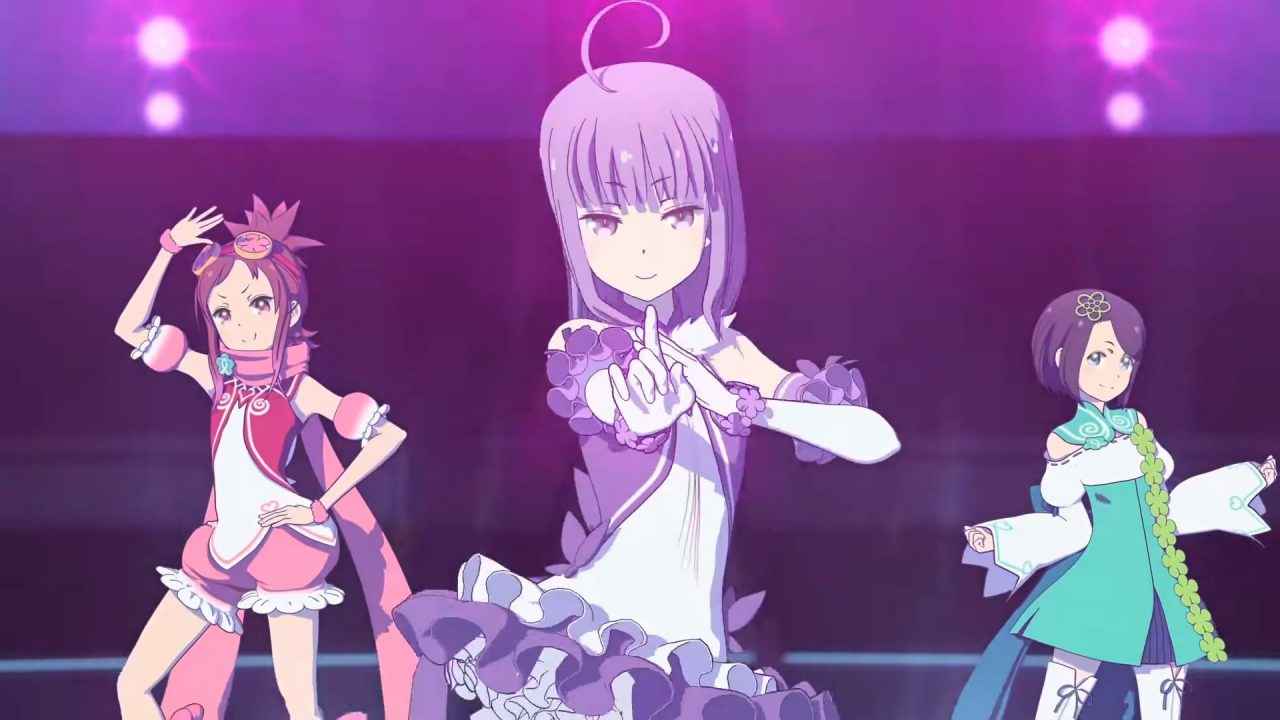
Magical girl dance movie Pop in Q started as a one-off anniversary film. But via fan enthusiasm and crowdfunding, it’s lived on as short stories and other concept work. As mentioned high up in this piece, big money usually goes to safe bets. Small but devoted fandoms might get left in the dust this way — but with a sure way to fund future projects, there can be more. And in the case of these smaller fan bases, it’s safe to try things like shorter animations, books, and the like.
Crowdfunding is not a magic bullet for underfunded projects or unseen creators. But it is an opportunity to boost visibility, give back to the community, and expand an existing budget. And it’s highly likely we’ll be seeing more and more opportunities to support our favorite anime titles this way.



